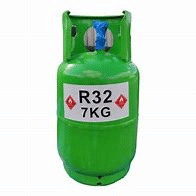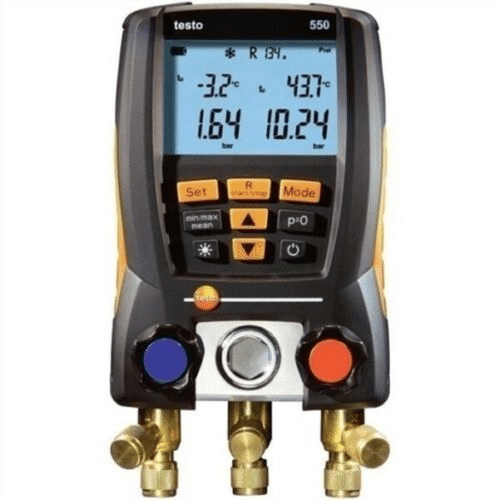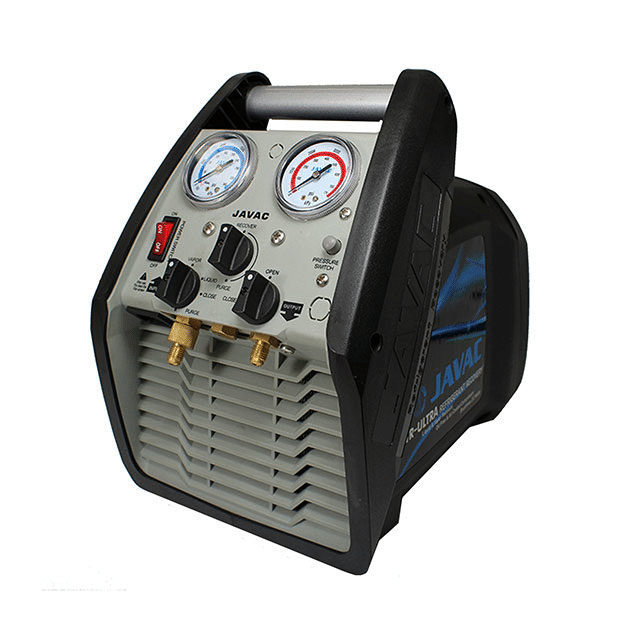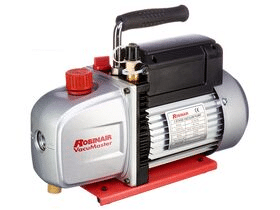The refrigerant is the medium that transfers heat throughout the air conditioning system.
It will be in either liquid or vapour form at various phases in the cycle.
It is important to the operation of the system that the correct amount is in the ac system.
Most modern air conditioners contain either R32 or R410A as the refrigerant

Incorrect amount of refrigerant can lead to poor performance and higher energy bills.
Only licensed technicians are allowed to handle and use refrigerants. At Sun City Air Conditioning, our technicians are licensed and trained to carry out these works.
There are various signs that there may be a problem with your air conditioner which can include refrigerant leaks.
If your air conditioning unit is showing any of these signs and not delivering cool air, contact us to have a hvac technician attend and rectify.
The answer to this question is NO.
Only certified hvac technicians can carry out these works.
There are multiple levels of State and Federal laws regarding this work.
A certified hvac technician has the equipment and knowledge to check the refrigerant level in your air conditioner.
He will check any other potential items such as dirty filters first to ascertain that the refrigerant level may be low.
Checks that are done to troubleshoot if the system is low on refrigerant:

If the system is operating at low pressure and the other components are operating normally, this is a sign that the system is low on refrigerant.
Any refrigerant that is still in system will need to be removed. This is done by using a reclaim unit and pumping the refrigerant into a cylinder. Release of refrigerant to the atmosphere is illegal.

Once the refrigerant is removed from the air conditioner the following works are carried out to locate the leak:
Pressurise the system using dry nitrogen
A solution is then brushed or sprayed over the refrigerant lines and coils (soap test).
If bubbles form this is a clear sign of a refrigerant leak.
A complete test of the entire system is required.
Common locations for a leak to occur are where the suction pipe and liquid pipe connect to the outdoor unit. Usually, this just requires re-tightening of the flare nuts.
There may also be leaks in other areas of the air conditioner which must also be located.
Once the leak is located, it must be repaired.
The nitrogen is released from the system.
If the leak is at flare nut connections, these must be tightened.
If a cracked pipe is the source of the leak, then soldering on the joint/crack will need to be done.
In some cases, a part may need to be replaced. eg evaporator coil or condenser coil.
The leak may be on either the high or low pressure side of the system.
Once the leak is repaired, the system is once again pressurised with nitrogen. This is monitored on the pressure gauges. If the pressure holds, then there are no more leaks in the system.
The nitrogen is released from the system and a vacuum pump is connected to the system.

Contaminants eg air, must be removed from the system using the vacuum pump.
Once the system is evacuated, it is time to recharge the system with refrigerant.
Once all the refrigerant leaks have been located and repaired the system can be charged with refrigerant.
The correct amount of refrigerant is weighed into the system.
The air conditioner is then re-started.
Various readings will be taken including suction pipe temperature and discharge pipe temperature.
The correct superheating temperature is also a good indicator of the correct refrigerant level.
In some instances, some more refrigerant may be required to have the correct refrigerant charge.
On a hot summer day, the last thing you need is a refrigerant leak within your air conditioner.
Call the HVAC experts at Sun City Air Conditioning to identify and repair any leaks in your air conditioner.
AC refrigerant levels can also be checked during regular maintenance visits.
By checking that the refrigerant is at normal levels, is one way of ensuring that you keep your home cool on those hot summer days.